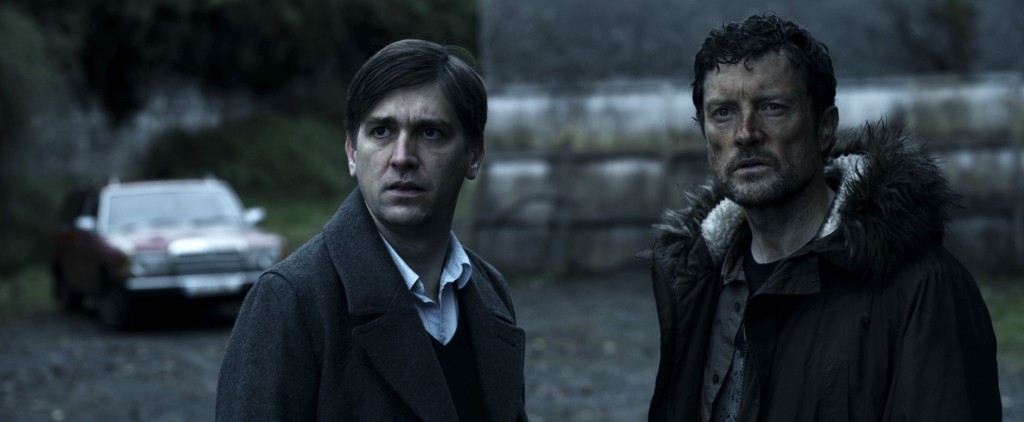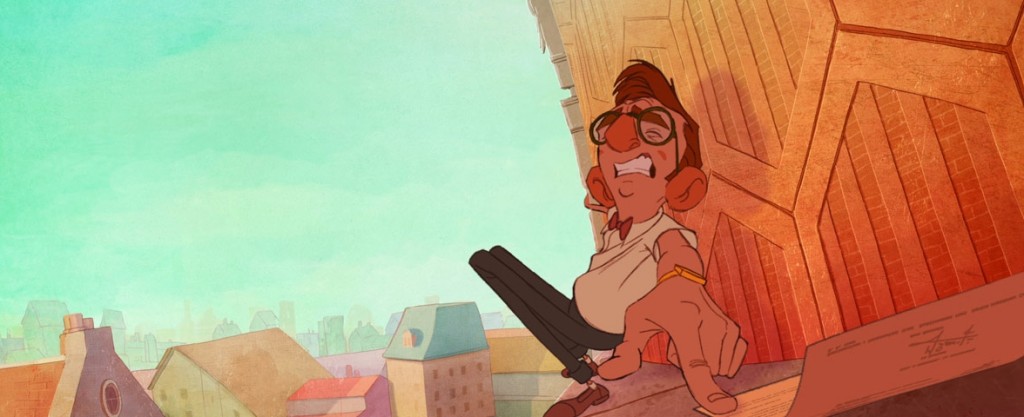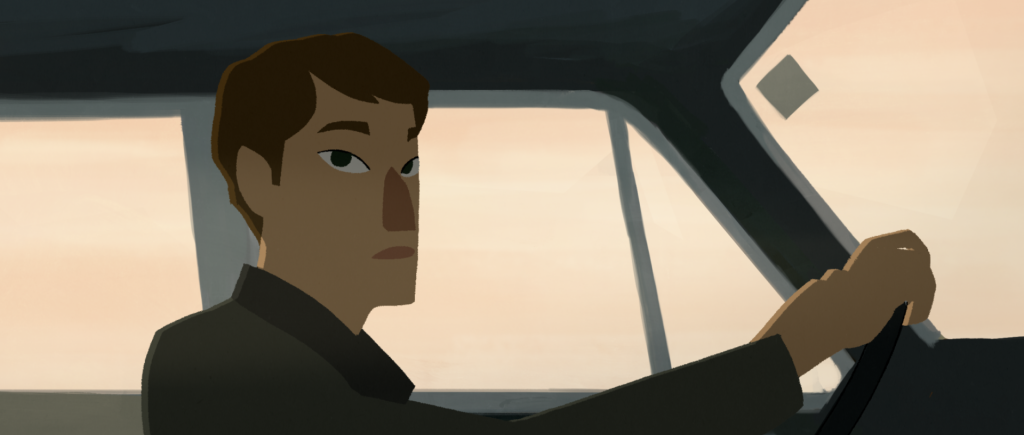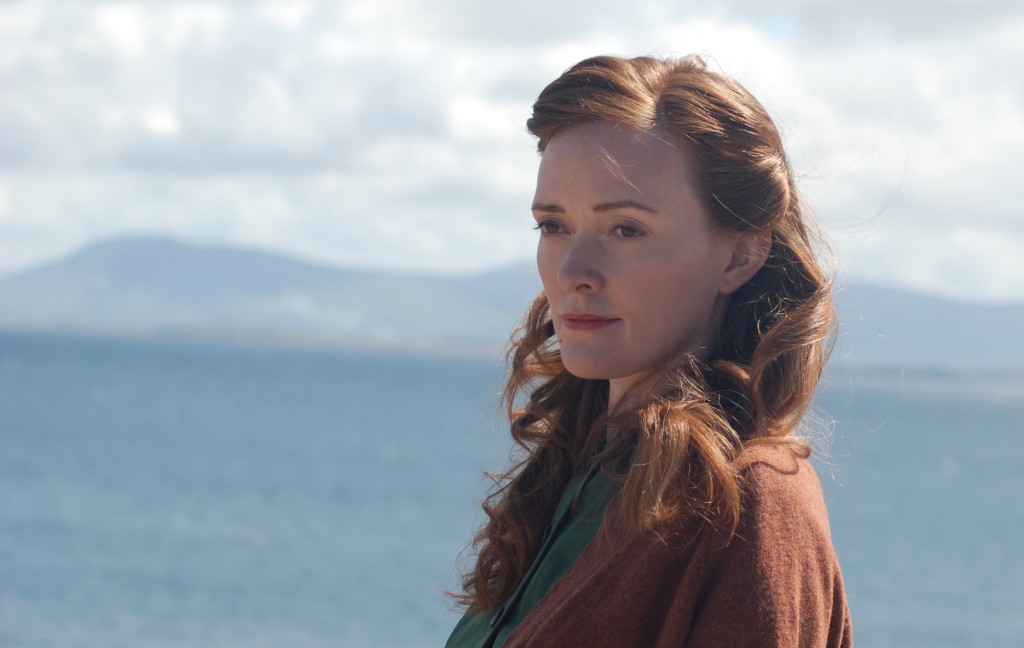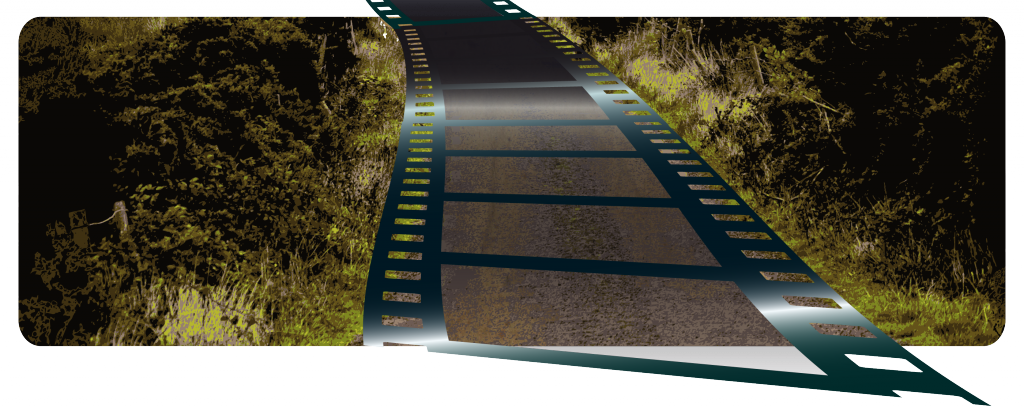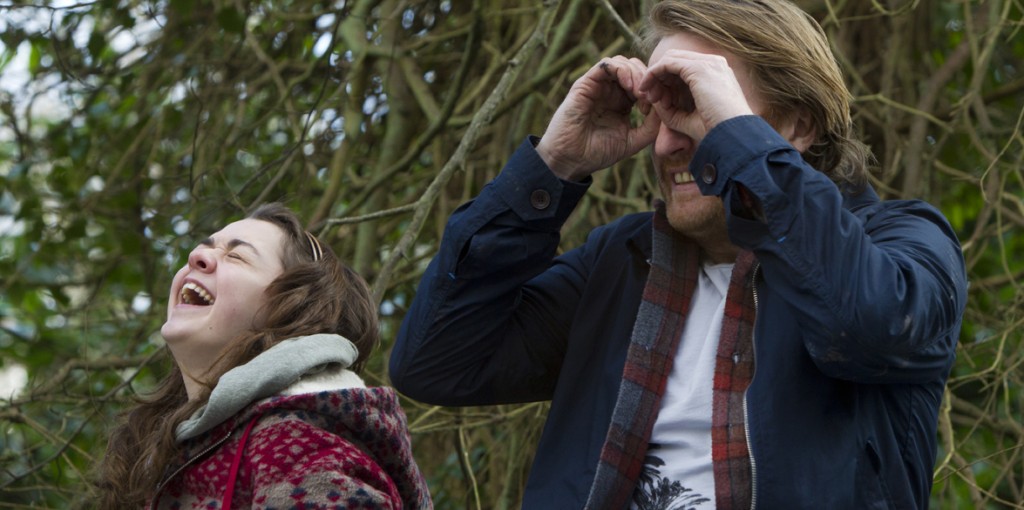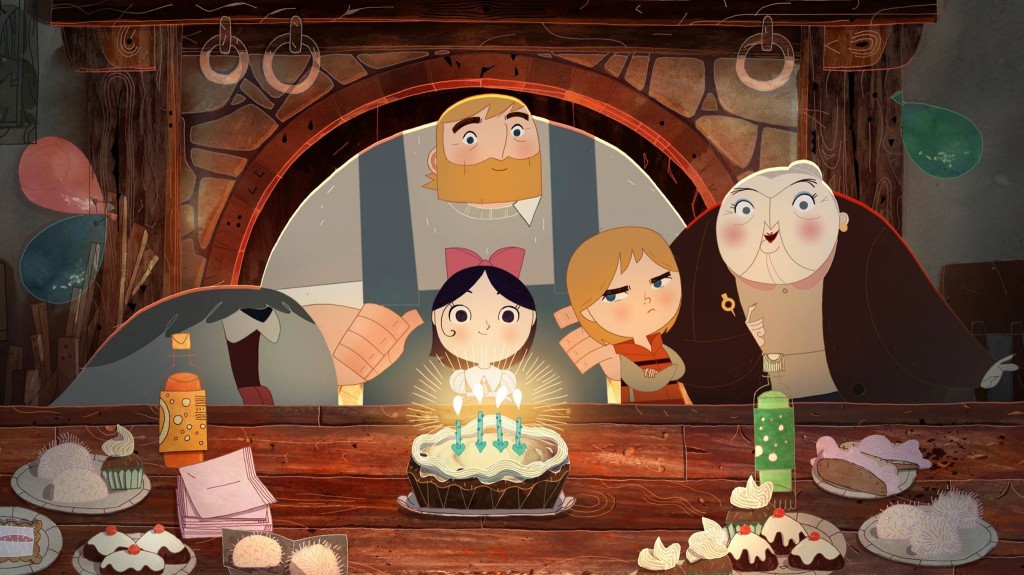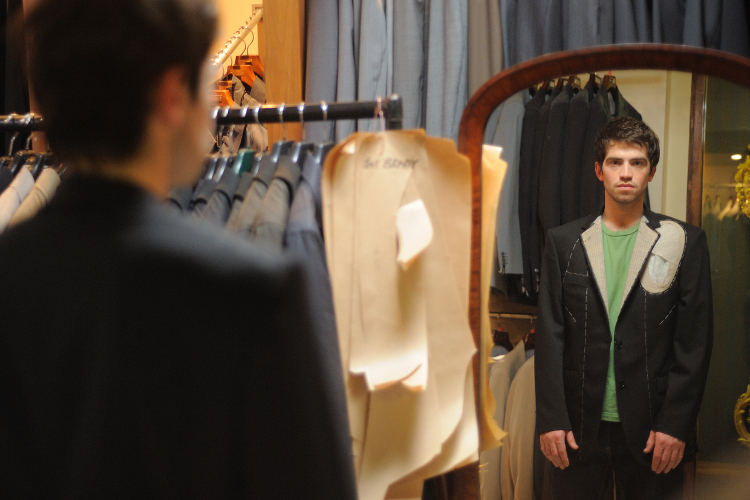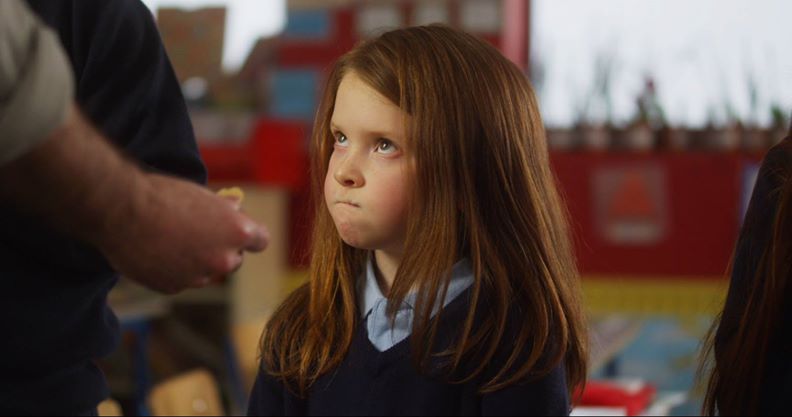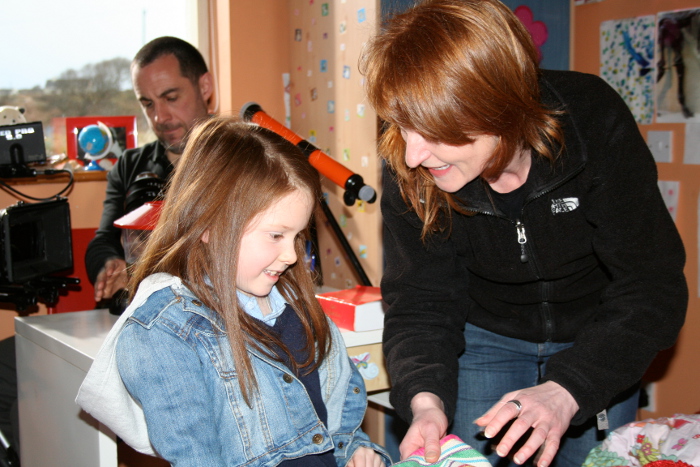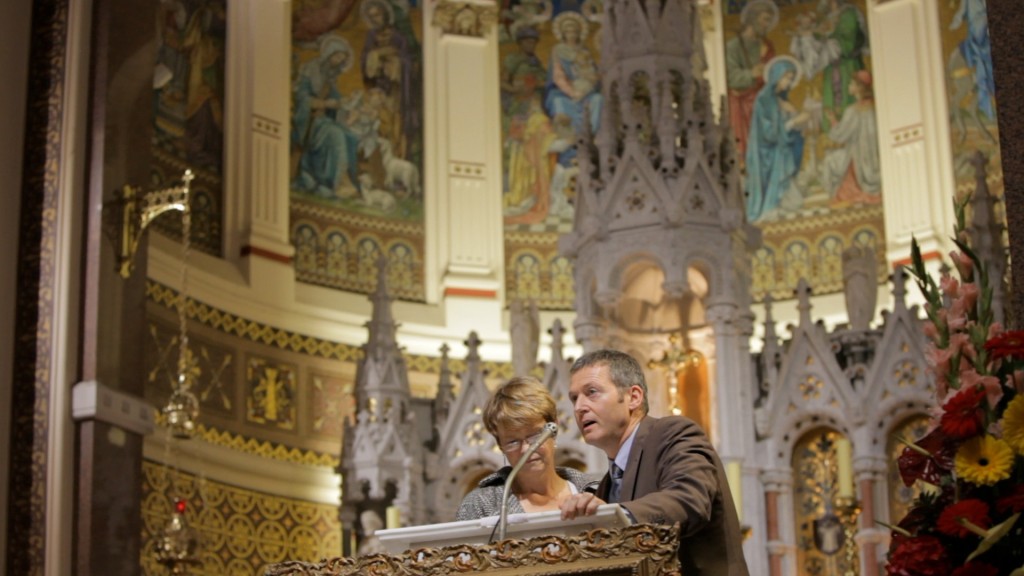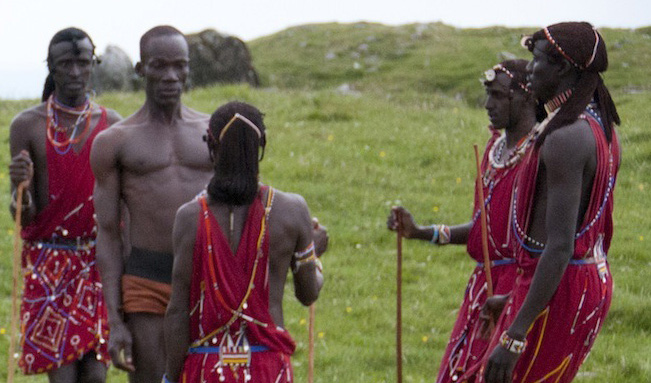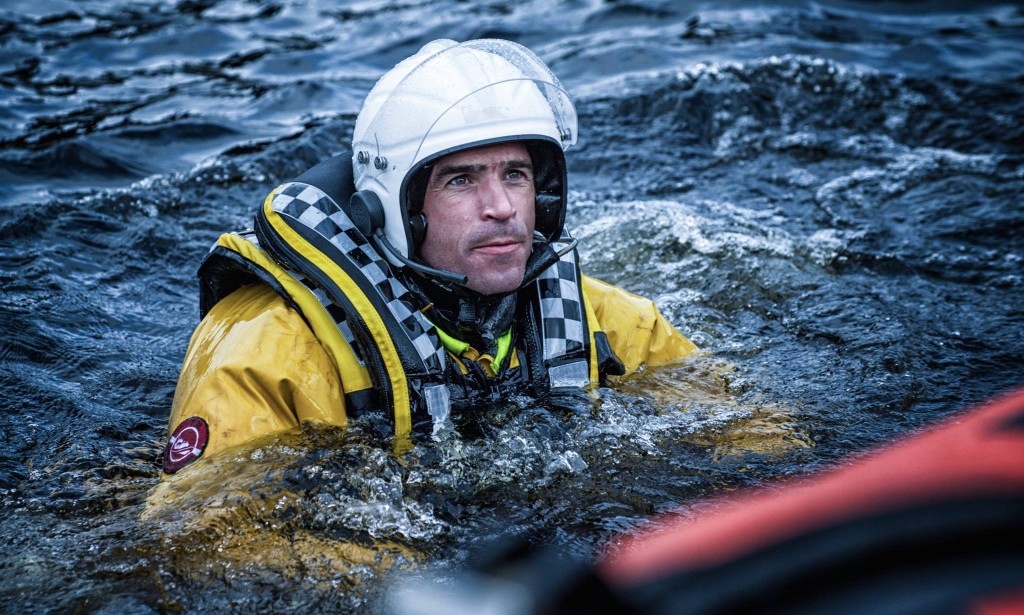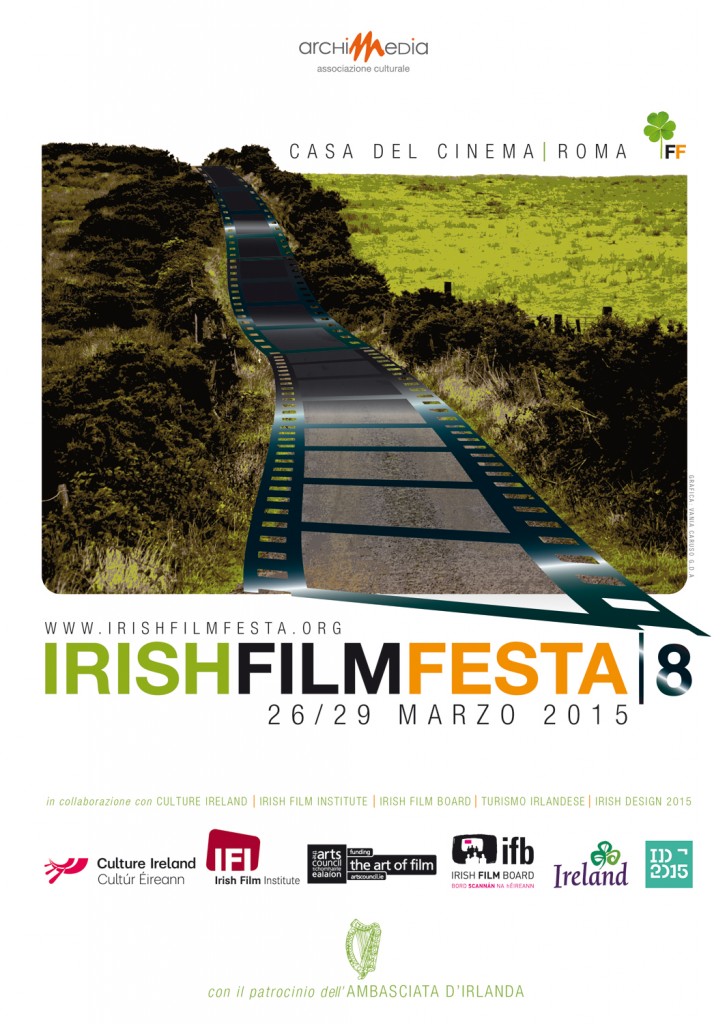Thanks to our guests and audience for interacting with us through social media during the 8th edition of Irish Film Festa.
Ecco una raccolta dei vostri commenti:
What an amazing night at the opening of @IrishFilmFesta! Thanks to @SusannaPellis and her team for everything! pic.twitter.com/y9KzbbrJDl
— PoisonPenTheFilm (@PoisonPenFilm) March 27, 2015
#poisonpenfilm going Italian at the @IrishFilmFesta tonight! #WhenInRome pic.twitter.com/aaGupoj8hR
— PoisonPenTheFilm (@PoisonPenFilm) March 27, 2015
Great night at the opening of @IrishFilmFesta 15 and screening @PoisonPenFilm to a near sold out audience! #IrishFilm pic.twitter.com/qek2aNZova
— Sharon Cronin (@scronin0) March 27, 2015
Ballymurphy Doc being screened in Rome @IrishFilmFesta @BallymurphyDoc pic.twitter.com/cel2dYaCGy
— sean murray (@sean_murray1) March 27, 2015
Thanks to @IrishFilmFesta for screening The Weather Report this evening to a full house in Rome 🙂
— DeeDeGrae (@TwoForJoyFilms) March 27, 2015
Fino domenica c’è l’ #IRISHFILMFESTA che come rassegna merita 😛 (intanto si fa la… https://t.co/r7pxqsPBAT pic.twitter.com/3yO85O51OS
— Federico (@Fedicato) March 27, 2015
Big thank you @IrishFilmFesta @SusannaPellis @bonhomme69 and Silvia Calamati for time in Italy with @BallymurphyDoc pic.twitter.com/yOg1XemAoV
— sean murray (@sean_murray1) March 28, 2015
This fella distracted me at Piazza Navona yesterday while en route to #IrishFilmFesta #expatinUmbria pic.twitter.com/yKUhAgbSGi
— Martha Clarke (@mclarkeimages) March 29, 2015
Claudia Cardinale, amazing shot #IrishFilmFesta #Roma pic.twitter.com/QdHLO5yOUp
— Moe Dunford (@MoeDunford) March 29, 2015
Pilgrimage to Rome #IRISHFILMFESTA @PatricksDay_ @terrymcmahon69 pic.twitter.com/qO8mgkzcj0
— Moe Dunford (@MoeDunford) March 29, 2015
#StPatrick (Ireland 2014) @terrymcmahon69 @MoeDunford and producer Tim Palmer meet the audience of #IRISHFILMFESTA pic.twitter.com/ht5aihdR5k
— anna quaranta (@AnnaQuatro) March 29, 2015
Today at @IrishFilmFesta the beautiful #SongOfTheSea by @tommmoore! pic.twitter.com/zulO5qeXx6
— Damiano Panattoni (@Damiano_Pan) March 29, 2015
Tra pochissimo l’appuntamento alla #CasadelCinema per l’@IrishFilmFesta con la crew @hrcrome! Are u ready to #rock? pic.twitter.com/qoV0vDmPPp
— Hard Rock Cafe Rome (@hrcrome) March 29, 2015
Ghost Train wins Best Live Action Short in Rome @IrishFilmFesta ! pic.twitter.com/TJEKGRXx8c
— Lee Cronin (@curleecronin) March 29, 2015
@IrishFilmFesta @MoeDunford we look like we’re fucking praying, for Christ’s sake. When in Rome, I suppose.
— Terry McMahon (@terrymcmahon69) March 29, 2015
@JustaWitness @terrymcmahon69 @IrishFilmFesta jaysus ha, two holy apostles!
— Moe Dunford (@MoeDunford) March 29, 2015
I’ve just watched @tommmoore #SongOfTheSea at the @IrishFilmFesta in Rome and I’m still lost in the magic story and in its beautiful colors
— Corinna Spirito (@CorinnaSpirito) March 29, 2015
@IrishFilmFesta @terrymcmahon69 @MoeDunford @CorkHour “Patrick’s Day” most powerful film I’ve seen in over 10 yrs. Thanks for making it
— Martha Clarke (@mclarkeimages) March 29, 2015
@IrishFilmFesta @CorkHour @irishbizparty @irishdesign2015 “Patrick’s Day” Stunning. Words fail me. #expatinUmbria pic.twitter.com/nBjAC3UqCe
— Martha Clarke (@mclarkeimages) March 29, 2015
L’omaggio di @lennyabrahamson all’@IrishFilmFesta @ciakmag @FrankTheFilm pic.twitter.com/UgyCFfpv2C
— ManuelaSantacatterin (@Trillafon) March 29, 2015
For those about to rock.. @lennyabrahamson salutes You! The movie #Frank rocked @IrishFilmFesta! pic.twitter.com/ynYyWQVUcv
— Hard Rock Cafe Rome (@hrcrome) March 29, 2015
@SusannaPellis and @lennyabrahamson with a special guest: #Frank @IrishFilmFesta #chinchilla pic.twitter.com/XkHoPCp0gw
— ManuelaSantacatterin (@Trillafon) March 29, 2015
@CorkHour @IrishFilmFesta Home from Irish Film Festa in Rome “Patrick’s Day” left me speechless. Show it in Cork again plse! #expatinUmbria
— Martha Clarke (@mclarkeimages) March 30, 2015
With the legend that is Terry McMahon at @IrishFilmFesta pic.twitter.com/aDIYfIar4I
— lenny abrahamson (@lennyabrahamson) March 29, 2015
@lennyabrahamson @IrishFilmFesta I’m coming out of the closet for you, Abrahamson, you man-crush inspiring motherfucker. Keep making magic.
— Terry McMahon (@terrymcmahon69) March 30, 2015
Wonderful festival. Don’t want to leave. Rome IS a movie. pic.twitter.com/XYWpcEqDvN
— Terry McMahon (@terrymcmahon69) March 30, 2015
@lennyabrahamson @IrishFilmFesta “But if you called me I could’ve saved your damn movie!” ‘I know, Len, I fucked up.’ pic.twitter.com/i55OjJfobK
— Terry McMahon (@terrymcmahon69) March 31, 2015
Interesting further vision of @FrankTheFilm at @IrishFilmFesta in Rome with an amazing and sensitive director as @lennyabrahamson
— Geena Carlin (@kabulia) March 29, 2015
@IrishFilmFesta @74fiori @FrankTheFilm ci sono anche iooooooooo
— Geena Carlin (@kabulia) March 31, 2015


